
Round Earth Round - Music Composition by Aldon Baker (Play it Forward) for Steemit
Brief about rounds: "A round (also called a perpetual canon [canon perpetuus] or infinite canon) is a musical composition, a limited type of canon, in which a minimum of three voices sing exactly the same melody at the unison (and may continue repeating it indefinitely), but with each voice beginning at different times so that different parts of the melody coincide in the different voices, but nevertheless fit harmoniously together (Johnson 2001). It is one of the easiest forms of part singing, as only one line of melody need be learned by all parts, and is part of a popular musical tradition. They were particularly favoured in glee clubs, which combined amateur singing with regular drinking (Aldrich 1989, introductory essay, 8–22, especially at 21: "Catch-singing is unthinkable without a supply of liquor to hand..."). The earliest known rounds date from the 12th century." Source
In a previous post I wrote briefly about some of the mathematics behind a musical round. Musical rounds are canons that can just go on forever. This piece would be utterly boring to listen to over and over. It was really written for the sole purpose for someone beginning on rounds to look. The counterpoint doesn't really exist and I used most of my jazz counterpoint technique vs my classical brain. Those two are very different and they allow different amounts of dissonances.
The Piece
The piece is based on four chords. I VI7 vii7 V7. Imagine that each beat in the harmonic rhythm is actually a chord change. That's why it's boring, if I had embellished the melodies a little more into something more interesting I think it could take on a new life. It's important to note how each phrase is short as well. To make a long round, you could compose this with several bars. I find myself writing a round with block harmony chords and extending them to melodies to do it quickly. If you wanted to take your time, you could take a bass line or melody and work with intervals to make sure it all balances. Just with 4-part counterpoint all stacked on top, then extending it into one fluid line that can loop and start in different designated places. Phew, if that makes sense.
Watch the Recording!
Here's a recording of the visual side of playback just so you can see what's going on for my end.
Mock-up
When dealing with digital music you don't have live players... unfortunately. Fortunately plenty of companies have invested thousands of hours recording live players in the most perfect setting, mic placement, and performance possible. This is great because it allows us to visualize so-to-speak how a live player might do it. It's never perfect compared to having a person do it (at least perfect in it's imperfections), but it definitely lends itself nicely to seeing and hearing it.
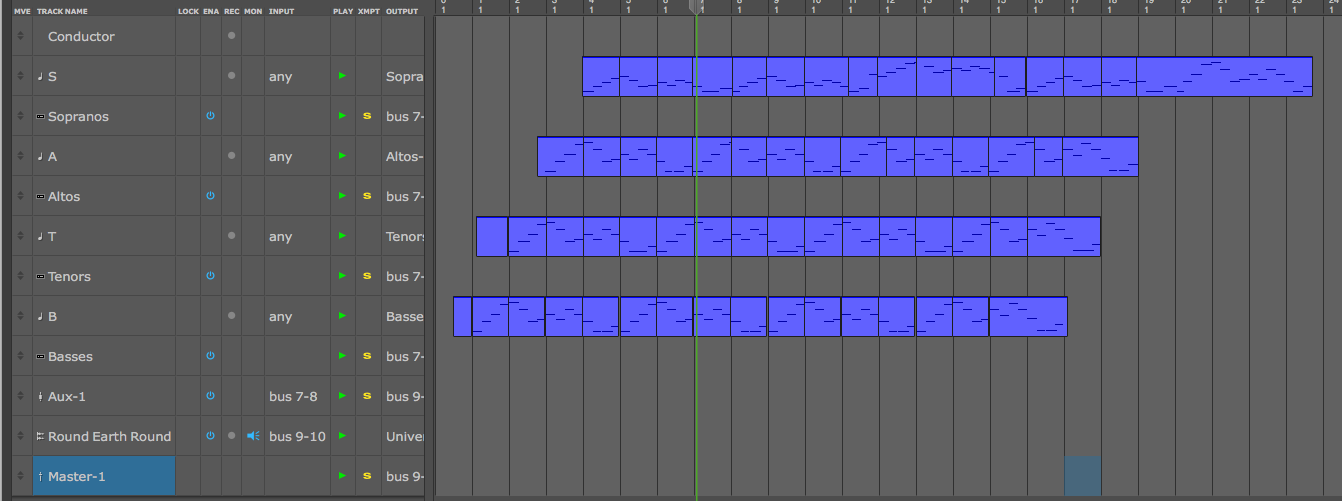
In the above screenshot you see the midi notes. Each midi note is also controlled with mod-wheel which controls the volume dynamics of each part.
The Written Score
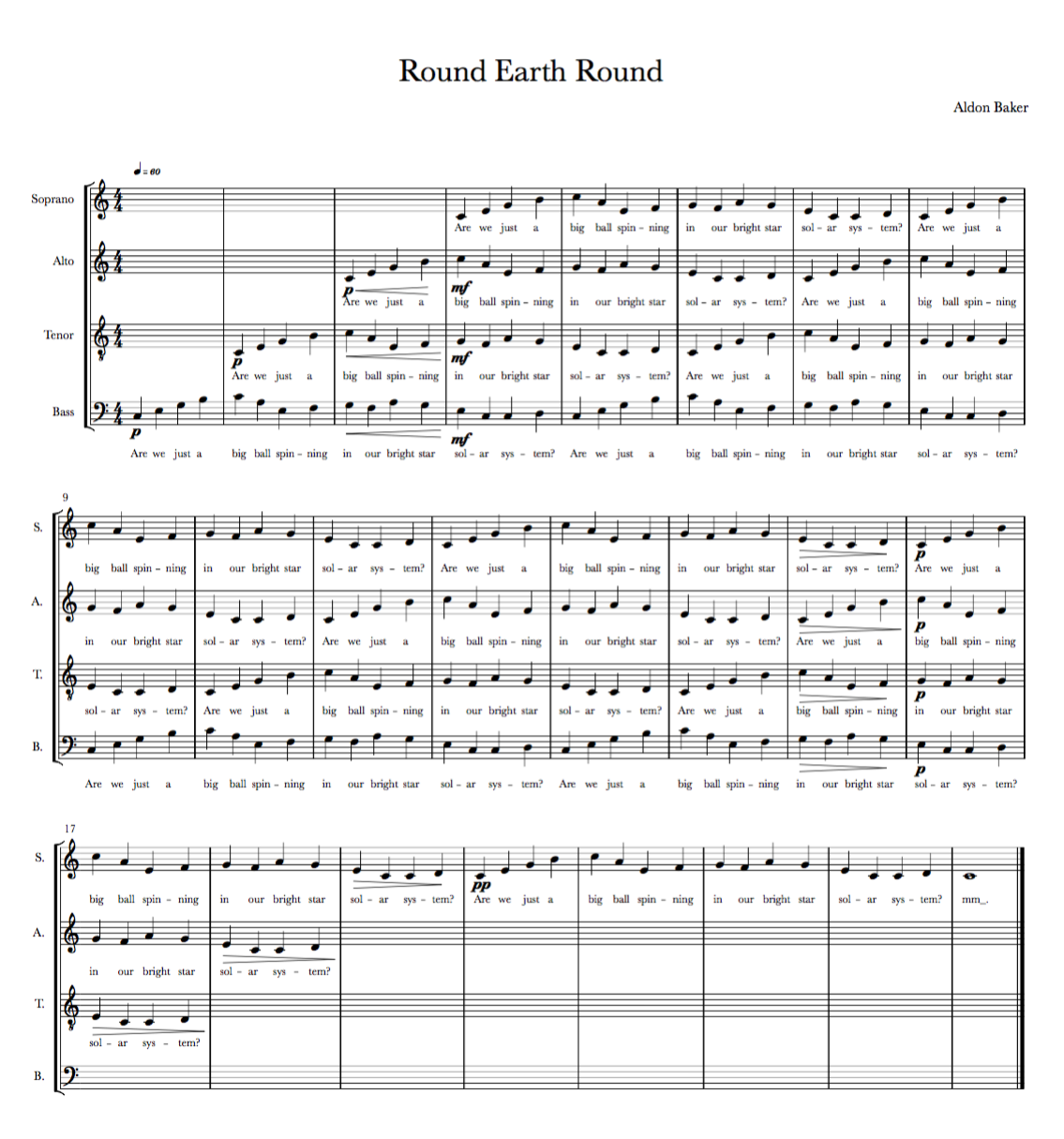
Lyrics and Choir Library
The lyrics were supposed to be poking some fun about the Flat Earth - Round Earth trend that's popping up. I won't comment on it, but the lyrics go "Are we just a big ball spin-ning in our bright star so-lar sys-tem." And loop ad infintem. But please don't.

In the choir library (East West Hollywood Choirs Diamond), you have to voice out some words, or break them in parts and write in the phonetic pronunciations that woudl go with them. It could be painstaking but sure pays off. I didn't manipulate much of this to make it sound as it does, but I think it does sound like a choir! Not a real, in-person choir, but definitely something reasonable.
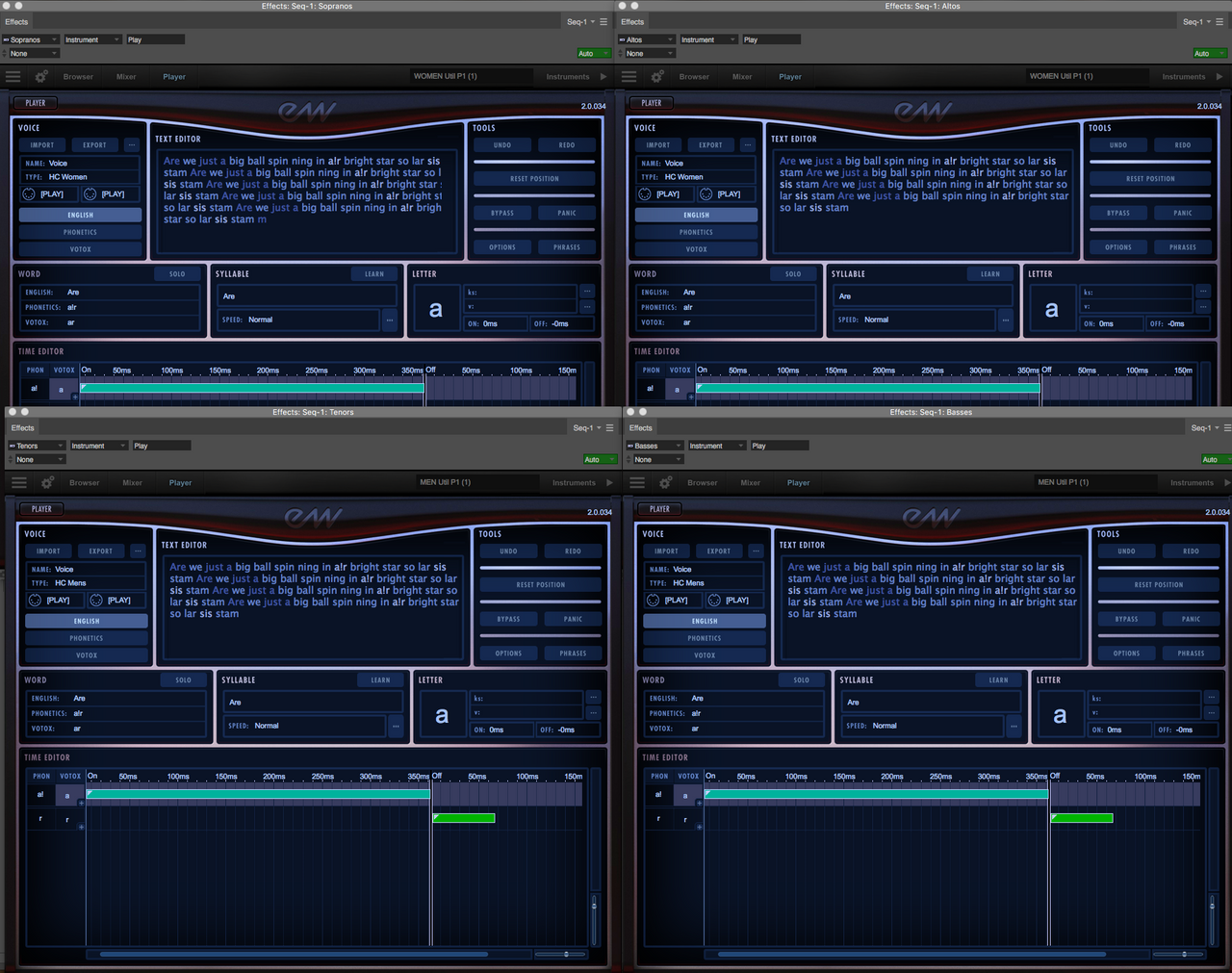
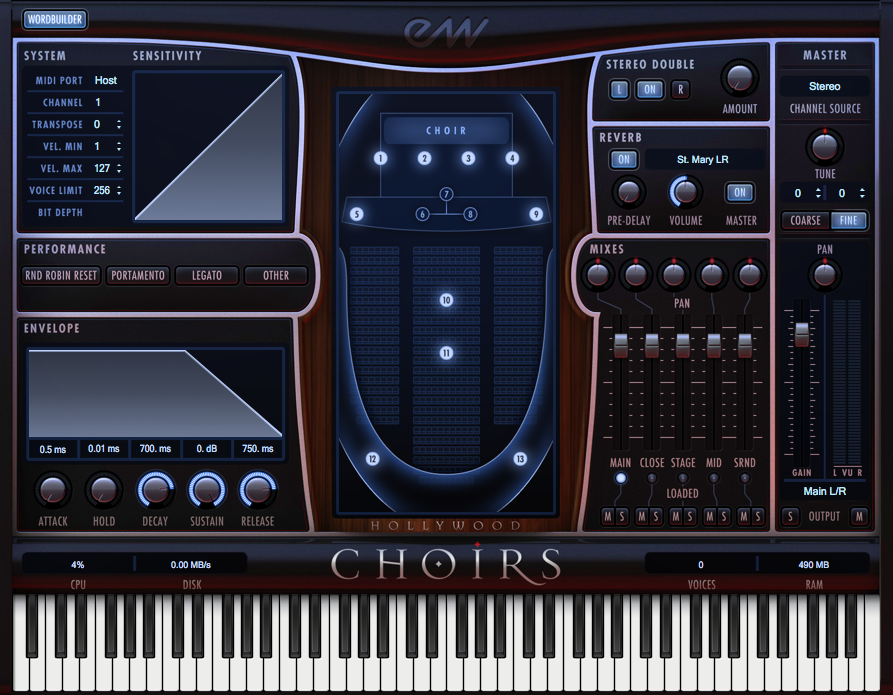
Musical Parts
Each part I recorded with the part on my iPad so that I could see what was going on for each voice.
Soprano
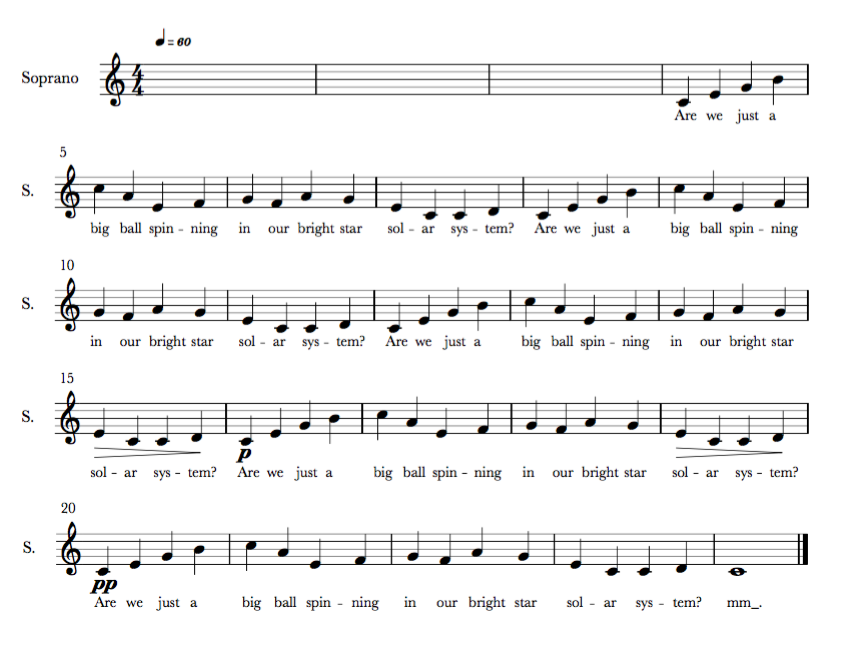
Alto
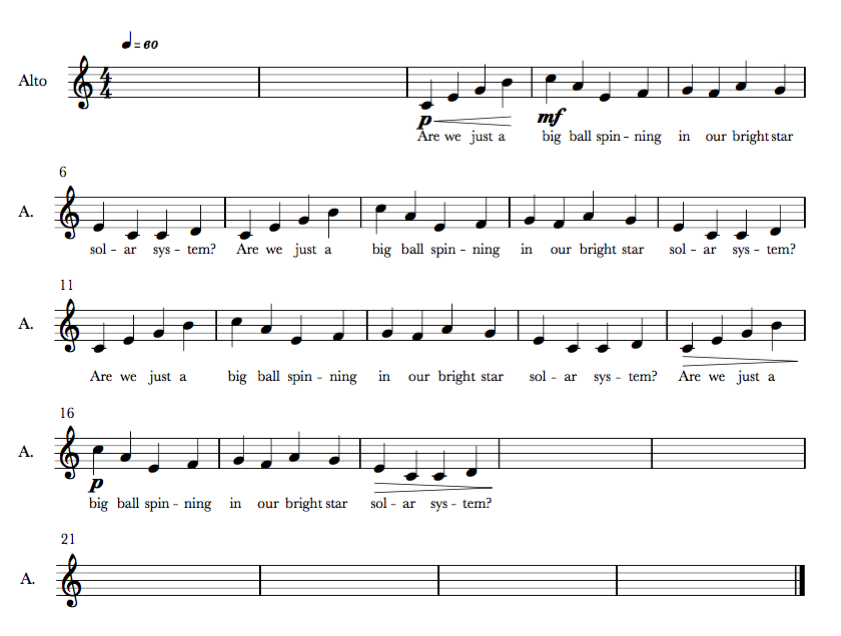
Tenor

Bass
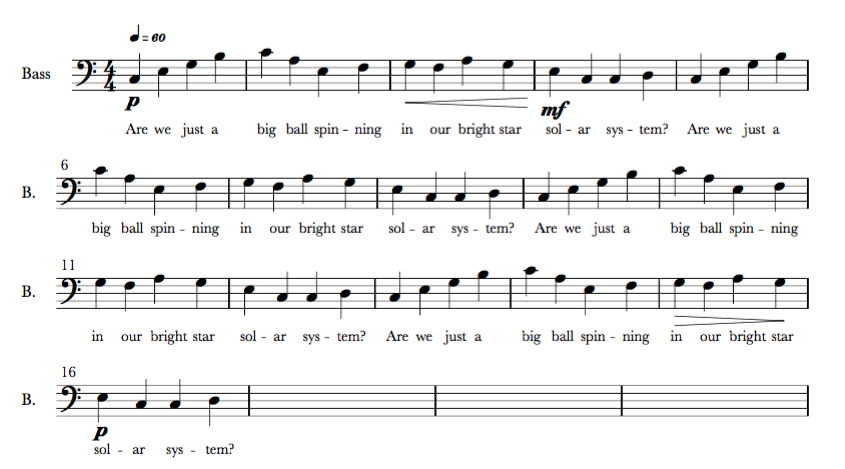
Take a second listen!
Thanks for stopping by and checking this post out.
Steemians, I wrote this piece based on my previous post. Please take a listen and comment / upvote below!

